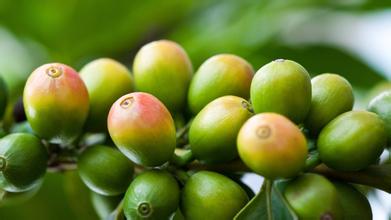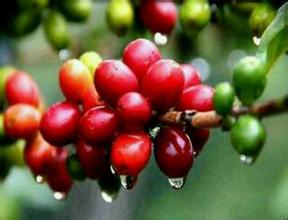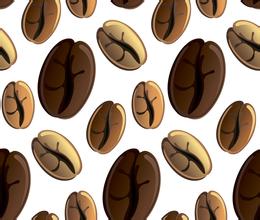Introduction to the basic formula, roasting degree, flavor description and taste of Italian espresso beans
Introduction to the basic formula, roasting degree, flavor description and taste of Italian espresso beans
The flavor of espresso does not only depend on the roasting effect of coffee beans, but also comes from the blending of coffee beans.
The ideal Italian concentrated (espresso) flavor should be that all the elements can be balanced and the taste is bright. After drinking it, the throat feels mellow rather than bitter.
To put it more specifically, it should have moderate acidity, bitterness, sweetness, rich taste (flavor), solid and strong consistency (body), and a lasting finish (aftertaste) that feels like a refreshing sour citrus.
And when making cappuccino (Cappuccino), it can blend with milk, and the sweetness of milk is clear and prominent. In this way, even without sugar, it will be delicious.
Use 100% Arabica (Arabica) coffee beans, divided into single Italian concentrated beans, or mixed Italian concentrated beans.
What the latter needs is to choose to match each other to enhance the flavor, increase the overall taste and rhyme, and supplement the lack of consistency of a single variety.
Let me give you an example:
Japan's espresso has mixed four kinds of coffee beans, based on Brazilian beans, and then used Kenyan, Bolivian and Papuan beans to make up for the missing elements. All four of the above are Arabica.
The principle explains: "Brazilian beans used as a base use beans with a cocoa-like flavor of chocolate (flavor), while Kenyan beans are made of beans with a refreshing sour taste of lemon or grapefruit, the sour taste of citrus that exudes a refreshing aftertaste. Bolivian beans taste similar to Brazilian beans. The purpose of adding the mixture is to strengthen the taste of Brazilian beans. Papuan beans are high in crema and can be used to increase the consistency (body).

Important Notice :
前街咖啡 FrontStreet Coffee has moved to new addredd:
FrontStreet Coffee Address: 315,Donghua East Road,GuangZhou
Tel:020 38364473
- Prev

Description of Coffee Bean Variety and Flavor introduction to the manor by regional treatment of coffee bean production
The variety and flavor of coffee beans describe the taste and taste of coffee beans. There are also a small number of excellent beans engraved in the sun to enhance the charming fruit aroma and mellow thickness. These mountain villages are foggy, like spring all year round, with a gentle breeze in summer, cool but not hot, rain but not damp, and no cold damage in winter, giving birth to a unique regional flavor of citrus and flowers. Coffee trees are mostly planted in farmers.
- Next

How many days can the shelf life of ripe coffee beans be stored?
The shelf life of cooked coffee beans can be stored for how many days to produce other areas: residual thin-skinned beans, terminal bad beans, dried beans that do not completely produce sour taste, shell beans with only shell, and so on. Time judgment: to see whether the packing date is recent, the shelf life of coffee beans is generally one year, and the shelf life of coffee beans is less than one month, so it is best to use coffee beans baked within a month.
Related
- Guji coffee producing area of Guji, Ethiopia: Humbela, Shakiso, Wulaga
- What is the most expensive variety of Qiloso in BOP multi-variety group?
- How to store the coffee beans bought home?
- Why are Yemeni coffee beans so rare now?
- Ethiopian Sidamo all Red Fruit Sun Sun Santa Vini Coffee beans
- SOE is mostly sour? What does it mean? Is it a single bean? what's the difference between it and Italian blending?
- Is Italian coffee beans suitable for making hand-brewed coffee?
- How to choose coffee beans when making cold coffee? What kind of coffee beans are suitable for making cold coffee?
- Just entered the pit to make coffee, what kind of coffee beans should be chosen?
- Can only Japan buy real Blue Mountain Coffee? What are authentic Jamaican Blue Mountain coffee beans?

